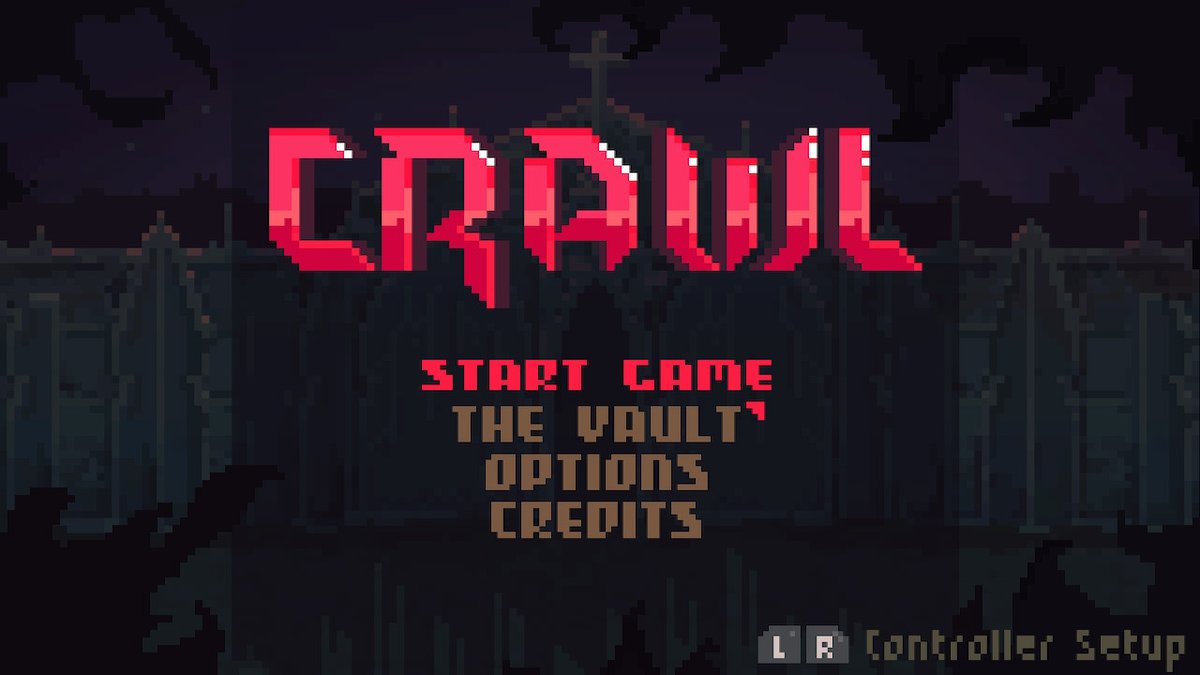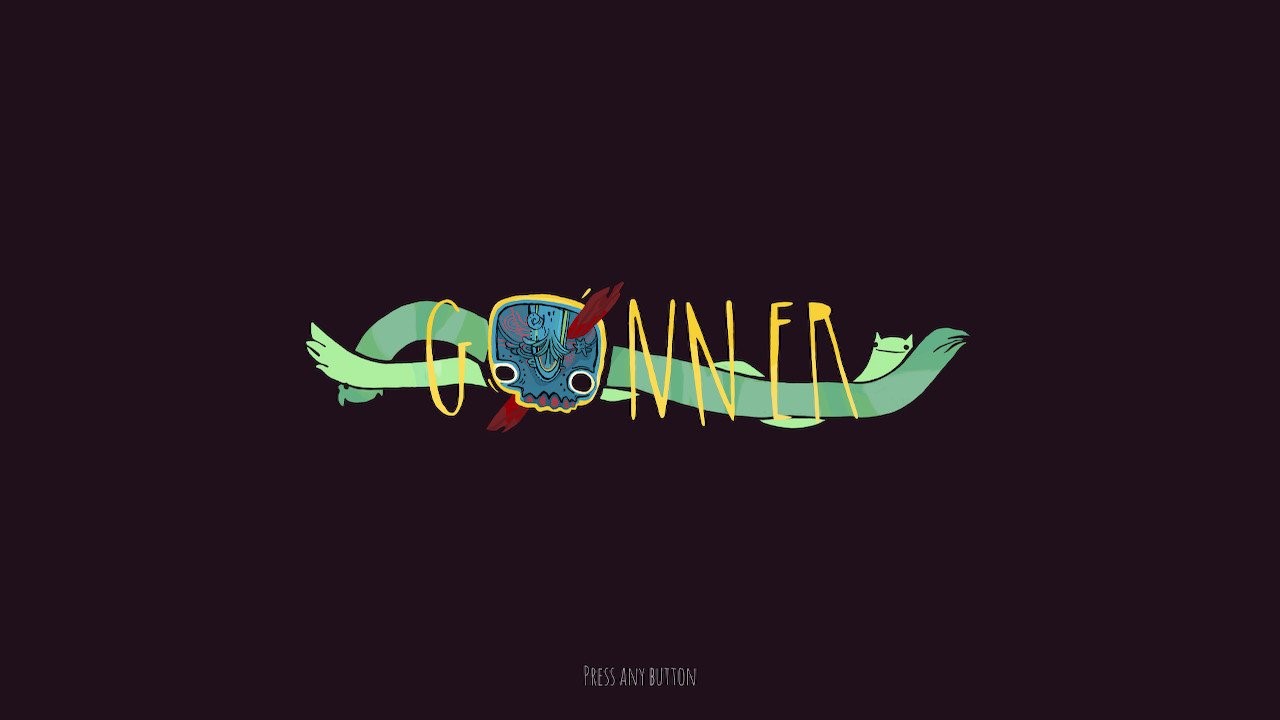Record-Breaking Opening – Crawling Finish
When I’m not worrying about the misshapen lump on my shoulder, I often wonder if escape room enthusiasts exist. I know most everyone will enjoy trying an escape room once in their life. I imagine a good majority will still get a kick out of their second, third, and fourth times. By the eighth escape room, will a person grow tired of the similarities between rooms? At what point does the escapist realize they have a fetish for unlocking rooms in complicated, inefficient ways?
Crawl could be considered a video game escape room. You have to escape a dungeon full of rooms, but instead of puzzles, you’ll encounter monsters and traps. A standalone run can be completed in less than an hour. I can safely say the first 15 runs are spectacular. By the 20th, however, things become all too similar, and you’ll long for another source of escapism. Both escape rooms and Crawl grow stale and repetitive, but can we blame them if we’ve binged on them for far longer than what’s reasonably expected?

What is it?
Crawl plays much like my Saturday mornings. Your character regains his senses in a strange place surrounded by even stranger people, and it’s up to you to slaughter all that gets in your way and discover the exit to your hellish prison. It’s all a top-down dungeon crawler, and you have a basic attack, a rechargeable special, and passive items. You get stronger by killing monsters or by buying items in the shop. Once you reach Level 10, you can fight the boss and, ideally, win. Most likely, you’ll die before you even reach the second floor.
The run doesn’t end at death, however. Your spirit will rise from your corpse while another spirit regains its corporeal form. Your murderer now fights toward the exit just like you did, hoping he can escape and leave you sealed in your tomb. To wreck his schemes, you will have to set off traps, create slimes, and become the monsters yourself. If you kill him, you are reborn to begin the cycle once more. Only one can survive, and your enemies will stop at nothing—even controlling the boss, itself—to ensure their victory.
Up to three other players can act as your opponents, or you can go solo against computers. Each run typically lasts between 30-45 minutes and features procedurally-generated floors, ending with one of three bosses. Each of you will choose an ancient god at the start which bestows special attributes and provides you three monsters to summon. These monsters, in turn, can be leveled up and transformed into increasingly powerful behemoths. With all this variety, each run can feel like an entirely different experience, especially if you struggle with dementia.

What’s good?
- Crawl welcomes newcomers without alienating veterans. The tutorial covers the basics of the game fantastically, and the controls are simple enough that newbies won’t be clawing out their eyes accidentally. Your human and monsters only have two attacks/abilities, but learning how to exploit your strengths while covering your weaknesses takes finesse and practice, thus catering to dedicated gamers.
- The core gameplay is ingenious. You will rarely have time to breathe as you jump between surviving as the human and killing as the monster. With 66 traps, 61 monsters, 11 gods, 40 weapons, and many more items, each run will pose new challenges and ways of playing. On top of this, Crawl is one of the few games which appeals to any number of players, as long as that number is between one and four.
- Once again, the game design is a smooth, inventive work of art, much like butter sculpting. The developers programmed a risk/reward system that prevents any one player from balling out of control. As a spirit, you may not gain levels, buy from the shop, or challenge the boss. However, your monsters will accrue experience (thus evolving more quickly), and you can wrack up gold by damaging the human. Even if a player is hoarding shop items and experience, you just need to reach the portal to the boss first and defeat it.

What’s bad?
- The unlock system putters to a drip near the end. After your first few runs, Crawl treats you to about three or four unlocks, be it new monsters, gods, traps, or weapons. These features then liven the next run. After a set number of runs, the unlock rates drops to two per round, then one, then occasionally one. This system zaps the game’s momentum and highlights the following issues.
- It needs more. This may sound strange, considering Crawl has a crypt full of monsters and weapons, but you’ll test all of them by your tenth run (excluding the few things you still have yet to unlock). Sure, I’m criticizing an indie game that already has a buffet of content, but Crawl only serves brunch whereas other roguelites have all three meals and a soft-serve ice cream machine. Without ample variety, Crawl has a set shelf life around 10 or so hours.
- It needs more. The game has a great soundtrack, solid room designs, and a unique aesthetic. However, songs repeat too frequently, rooms can reoccur within runs, and floors reuse similar color palettes and textures. I recognize not many cultists are musicians or interior designers, but when the Cult of Thirsty Masochists looks the same as Ph’lotor’s Grim Groupies, I may not join either.

What’s the verdict?
Crawl offers inventive gameplay which will satisfy fans of dungeon crawlers, roguelites, or couch multiplayer. If you enjoy all three, Crawl is a Mecca of good times. It lacks an expansive amount of content, but this won’t hinder if you don’t play the game obsessively. As it is now, it experiments with video game genres to craft a wildly fun Frankenstein’s monster. If it had the same amount of content as the Binding of Isaac or Enter the Gungeon, Crawl could have been genre-defining, an immaculate angel which other games strive to become. Here’s to hoping we don’t have to resort to Satanic rituals to ensure Crawl 2 happens.
Arbitrary Statistics:
- Score: 8.5
- Time Played: Over 15 hours
- Number of Players: 1-4
- Games Like It on Switch: Enter the Gungeon; Full Metal Furies






